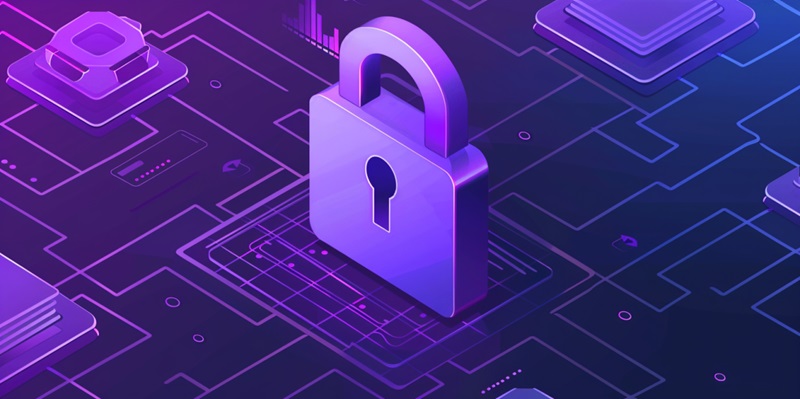Artificial intelligence (AI) tools have become an integral part of modern-day cybersecurity, aiding in the identification of threats like phishing emails and ransomware. However, these tools themselves are not immune to vulnerabilities, particularly through a method known as “data poisoning.” Data poisoning involves the manipulation of training data in a way that deceives machine learning models, making them fail to recognize threats or act in unintended ways. Attackers employ various techniques to insert malignant data into training datasets, creating a critical challenge for cybersecurity experts who must not only defend the system but also ensure its performance remains uncompromised. The low entry barrier of publicly available datasets makes these attacks even more accessible.
One of the most pressing issues is the detection of subtle manipulations, which can be so well-concealed that they do not produce any immediately noticeable anomalies in the AI models. Tools like “Nightshade” illustrate how tiny, imperceptible changes to training data can cause machine learning algorithms to produce unexpected outputs. This emphasizes the ease with which data poisoning can occur, making it a significant threat to AI systems. Detecting these partial manipulations without resulting in a high number of false positives or negatives is a challenging endeavor. A balance must be struck to bolster security measures while ensuring that the performance of the machine learning models does not suffer.
The dynamic nature of attackers’ strategies requires preventive measures that can adapt to evolving threats. Proactively defending against data poisoning means staying ahead of malicious actors who are constantly developing new manipulation techniques. Advanced detection mechanisms become essential in this effort, capable of identifying even the most subtle alterations in training data. By improving these mechanisms, organizations not only better protect their AI systems but also reinforce their overall security infrastructure, making it more resilient against a broad spectrum of potential attacks targeting machine learning models.
Striking the Balance Between Security and Performance
Artificial intelligence (AI) tools are now essential in modern cybersecurity, helping identify threats such as phishing emails and ransomware. However, these tools are not invulnerable and are susceptible to “data poisoning,” where attackers manipulate training data, causing machine learning models to misidentify threats or behave unpredictably. Hackers use various methods to introduce harmful data into training datasets, posing a significant challenge for cybersecurity experts who must protect systems without compromising performance. Publicly available datasets lower the entry barrier, making these attacks more accessible.
A critical issue is the detection of subtle manipulations, which can be so well-hidden that they fail to reveal obvious anomalies in AI models. Attack techniques like “Nightshade” demonstrate how small, almost unnoticeable changes to training data can lead to unexpected model outputs. This underscores the ease of executing data poisoning attacks, making them a substantial threat to AI systems. Detecting these manipulations without causing a spike in false positives or negatives is a difficult task, requiring a balance between security measures and model performance.
As attackers continually refine their strategies, it becomes crucial to develop adaptive preventive measures. Staying ahead of malicious actors means employing advanced detection mechanisms capable of identifying even the most subtle data alterations. Improving these mechanisms not only enhances the protection of AI systems but also strengthens the overall cybersecurity infrastructure, making it more resilient against a wide range of attacks on machine learning models.

